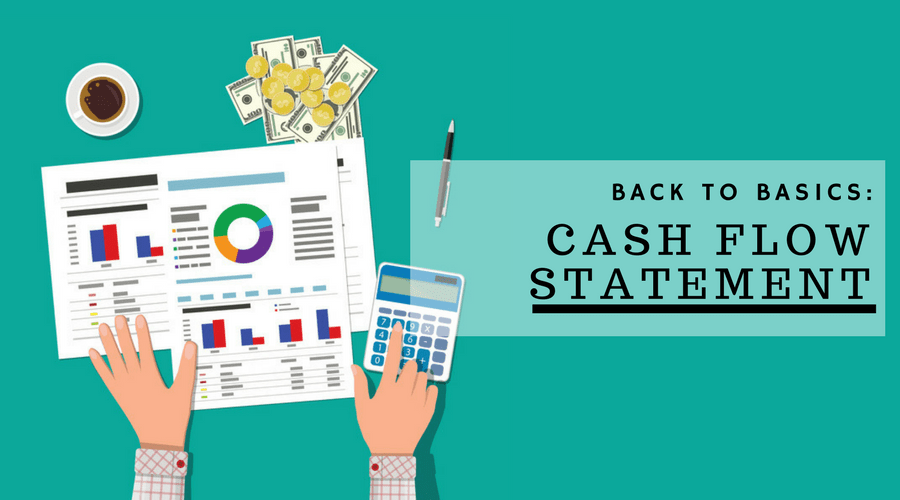Back to Basics: Balance Sheets

A balance sheet is a snapshot of your company’s assets, liabilities, and net worth at a specific point in time. Balance sheets are usually prepared at the end of a month, quarter, or year, but you can prepare a balance sheet at any time.
You can compare this period to a previous period with a balance sheet to track trends and monitor growth. You can use the information learned from your balance sheet to calculate basic financial ratios, such as a current ratio and days cash on hand, to determine your ability to meet your financial obligations.
Balance sheets usually present your assets on the left side and your liabilities on the right side.

Total Assets
Assets are things your company owns and have monetary value. Assets are listed based on how quickly they can be turned into cash, sold, or consumed.
Current Assets
Current assets include cash, accounts receivable, inventory, and prepaid expenses.
Fixed Assets
Fixed assets include land, buildings, equipment, and furniture. You will have to subtract the accumulated depreciation of your equipment, based on its useful life, before calculating your total fixed assets.
Intangible Assets
Your intangible assets include research and development and patents.
Liabilities
Liabilities are things your company owes to others. List liabilities by due date, with those due soon listed first.
Current Liabilities
Current liabilities are obligations due within a year of the date on the balance sheet. They include accounts payable, accrued wages, notes payable, and the current portion of your long-term debt.
Non-Current Liabilities
Non-current liabilities are obligations that aren’t due within the next year. These include the non-current portion of your long-term debt and notes payable to officers, shareholders, or owners.
Net Worth
Your net worth, which is sometimes called owners’ equity, is the money you would have leftover if you sold your company and paid all your liabilities today. Calculate your net worth by substracting your total liabilities from your total assets.
The left side of your balance sheet, your assets, must equal the right side, your liabilities and net worth. If they aren’t equal, double-check that you have entered everything correctly.


